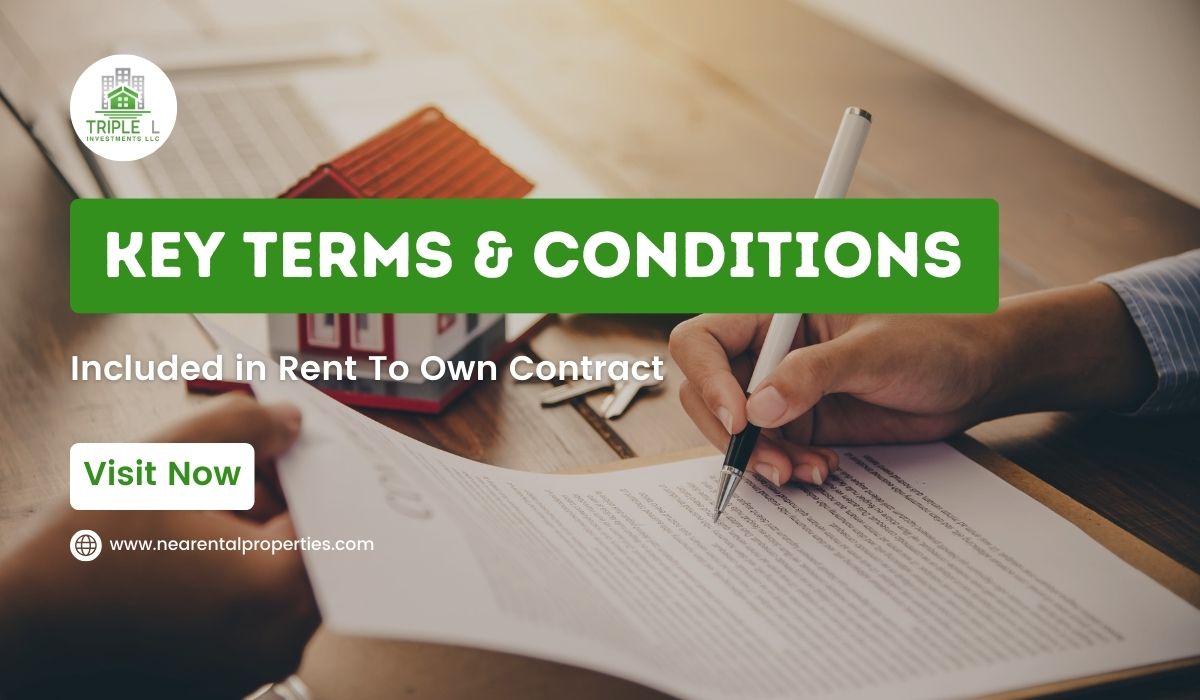Trying to sell your property “as is” requires a deep awareness of the real estate market and strategic planning. Homeowners will gain knowledge and tools to succeed with this unique selling method in The Ultimate Guide to Selling Your Home as Is.
A guide to selling without extensive repairs, whether motivated by money, time, or simplicity, helps sellers make informed decisions. Selling your home “as is” requires this advice, from setting realistic expectations to promoting your house.
Sell Your Home As Is: Expert Guide
As-Is Concept:
Understanding “as is” property sales is essential to navigating the real estate market. Selling “as is” means leaving the property as is without major repairs or modifications.
This method streamlines the selling process and may attract purchasers seeking flexible terms. It is important to consider selling as is since it can expose previously unknown issues and affect the negotiating process.
Differentiating “as is” sales from standard transactions emphasizes the need for sellers and buyers to set realistic expectations and the unique benefits and challenges of this method.
Mandatory Disclosures:
Selling your home “as is.” requires legal expertise. To ensure a legal and transparent transaction, it is important to examine this approach’s legal duties. Sellers must disclose property issues to avoid legal issues.
Transparency builds trust between seller and buyer and shows honesty and integrity throughout the as-is selling process. Sellers can reduce risks, smooth transactions, and succeed in the as-is market by following regulatory requirements and disclosing information.
Condition Assessment:
Selling your home as-is calls for assessing its condition. Start with a thorough review to discover major concerns that could affect its value and market appeal.
Choose between vital and cosmetic repairs based on safety and structural integrity. This assessment informs your repair decisions and as-is presentation approach.
Identifying areas that may benefit from a complete as-is approach lets you explain the property’s state to potential purchasers, building trust and setting expectations. A thorough appraisal is the foundation for a successful as-is house sale.
Repairs vs. As-Is:
Choosing between pre-sale renovations and selling as-is is crucial when selling your house. It is important to weigh the pros and cons of each strategy. Pre-sale repairs can improve the property’s appearance and value. However, this method requires time and money and may affect the sale price. However, the as-is method saves time and money.
It requires full disclosure of the property’s condition and may lower the initial asking price. To ensure that the chosen technique meets your selling goals, you must evaluate your goals, financial capability, and the current real estate market.
As-Is Pricing Strategies:
Marketing as-is assets requires transparency and highlighting their unique prospects. In focused marketing, listing transparency is key, revealing the home’s present state. Highlighting modification or investment potential can attract purchasers seeking specific advantages in as-is properties.
Clear and appealing descriptions, high-quality images, and virtual tours help reach a wider audience on internet platforms. These methods can help sellers attract as-is purchasers by building trust via openness and highlighting the home’s potential value.
Tips For Negotiating:
Successfully negotiating the as-is sales world requires mastering bargaining skills. Understanding how to manage seller and buyer expectations is crucial when selling your home as is.
Effective negotiating entails an open discussion about the property’s condition, cost, and repairs. Finding a reasonable balance builds trust and increases the likelihood of a successful sale. As-is sales negotiating skills help sellers achieve their aims while remaining truthful and ethical.
Home Inspection Preparation:
A successful as-is house sale needs inspection preparation. It’s crucial to fix any major issues found during your home inspection because inspections influence buyer decisions. You demonstrate transparency and ease buyer anxieties by proactively addressing these issues.
Compiling and presenting property history, maintenance records, and past repairs boosts your credibility and helps purchasers make informed selections. Openness during inspections builds buyer confidence and boosts your as-is property’s market value.
Deal Closure:
Understanding the as-is house sale process is crucial to closing the deal. Confidently closing after negotiations facilitates a smooth deal. To finish the paperwork, buyers, sellers, real estate brokers, and attorneys must work together. The documentation contains title transfers, disclosure documents, and negotiation agreements.
Be careful in this phase to ensure a transparent and legal closing and reduce post-closure issues. Sellers can confidently close the as-is property sale by understanding closing procedures and addressing all details.
Conclusion:
In conclusion, selling your home “as is” demands strategy and knowledge. This guide offers practical advice and insights for a smooth selling process. This will enable them to maximize their property’s potential.
This guide helps homeowners sell their homes without substantial renovations by explaining market dynamics, making repairs, and promoting it. This guide helps sellers make informed decisions, confidently present their houses to buyers, and sell successfully. This definitive reference provides timeless wisdom and direction for sellers of properties “as is.”
Frequently Asked Questions
Providing a property for sale “as is” means presenting it as it is today without any significant repairs or improvements.
Yes, legal obligations exist, such as disclosing known issues to avoid legal complications.
Identify major issues and prioritize repairs that could affect the sale through a thorough assessment.
Time and budget should be considered when weighing the pros and cons of pre-sale repairs versus going with an as-is approach.
To set a competitive yet realistic price, market conditions, location, and repair costs must be considered.
Utilize online platforms and emphasize transparency in listings when marketing your property.
To prepare for this phase, it is imperative to perform home inspections to address essential repairs, document the process, and foster transparency.












